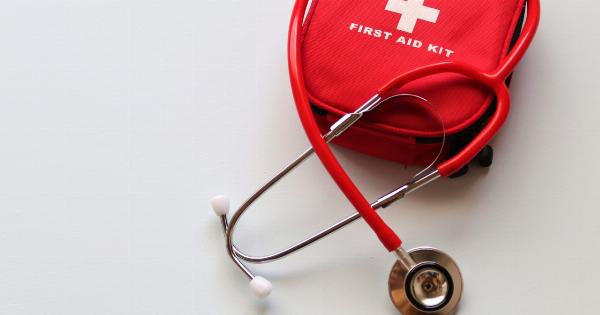Diamemia is a rare disease that affects the blood. It is caused by the accumulation of an abnormal protein in the red blood cells, which makes them stiff and rigid.
This leads to a decrease in the oxygen-carrying capacity of the blood and can cause serious health problems. In this article, we will discuss the deadly effects of Diamemia and how it can be managed.
What Causes Diamemia?
The exact cause of Diamemia is not known. It is believed to be a genetic disorder, which means that it is passed down from parents to their children.
The disease is caused by a mutation in the gene that produces the protein responsible for the stiffness in the red blood cells. This abnormal protein is called hemoglobin. The mutation results in the production of an abnormal form of hemoglobin called hemoglobin D.
What are the Symptoms of Diamemia?
The symptoms of Diamemia can vary from person to person. Some people may have no symptoms at all, while others may experience severe symptoms. The most common symptoms include:.
- Fatigue
- Shortness of breath
- Chest pain
- Palpitations (irregular heartbeat)
- Dizziness
- Fainting
- Pallor (pale skin)
- Yellowing of the skin and eyes (jaundice)
- Enlarged spleen
How is Diamemia Diagnosed?
Diamemia is diagnosed through a blood test. The test measures the level of hemoglobin in the blood and checks for the presence of abnormal hemoglobin.
Additional tests may be done to confirm the diagnosis, such as a hemoglobin electrophoresis, which separates the different forms of hemoglobin in the blood.
What are the Treatment Options for Diamemia?
There is no cure for Diamemia, but the symptoms can be managed. Treatment may include:.
- Blood transfusions
- Medications to reduce the amount of abnormal hemoglobin in the blood
- Splenectomy (surgical removal of the spleen)
Blood transfusions are used to increase the number of healthy red blood cells in the body and improve oxygen delivery to the tissues. However, frequent transfusions can lead to iron overload and other complications.
Medications can be used to reduce the amount of abnormal hemoglobin in the blood. Hydroxyurea is a commonly used medication for this purpose.
It works by stimulating the production of a different type of hemoglobin, which is less likely to cause red blood cell stiffness.
Splenectomy may be recommended in severe cases of Diamemia. The spleen is the organ responsible for removing old and damaged red blood cells from the body. In Diamemia, the spleen can become enlarged as it tries to remove the abnormal red blood cells.
Splenectomy can help reduce the workload on the spleen and improve symptoms.
What are the Complications of Diamemia?
If left untreated, Diamemia can lead to serious health complications, including:.
- Stroke (due to the decreased oxygen supply to the brain)
- Heart failure (due to the increased workload on the heart)
- Liver damage (due to the breakdown of red blood cells)
- Pulmonary hypertension (due to the decreased oxygen supply to the lungs)
How Can Diamemia be Prevented?
Since Diamemia is a genetic disorder, there is no way to prevent it from occurring. However, genetic counseling can help individuals who have a family history of the disease understand their risk and make informed decisions about family planning.
Conclusion
Diamemia is a rare blood disorder that can cause serious health problems if left untreated. While there is no cure for the disease, treatment options are available to manage symptoms and improve quality of life.
Early detection and treatment are key in preventing complications and improving outcomes.






























